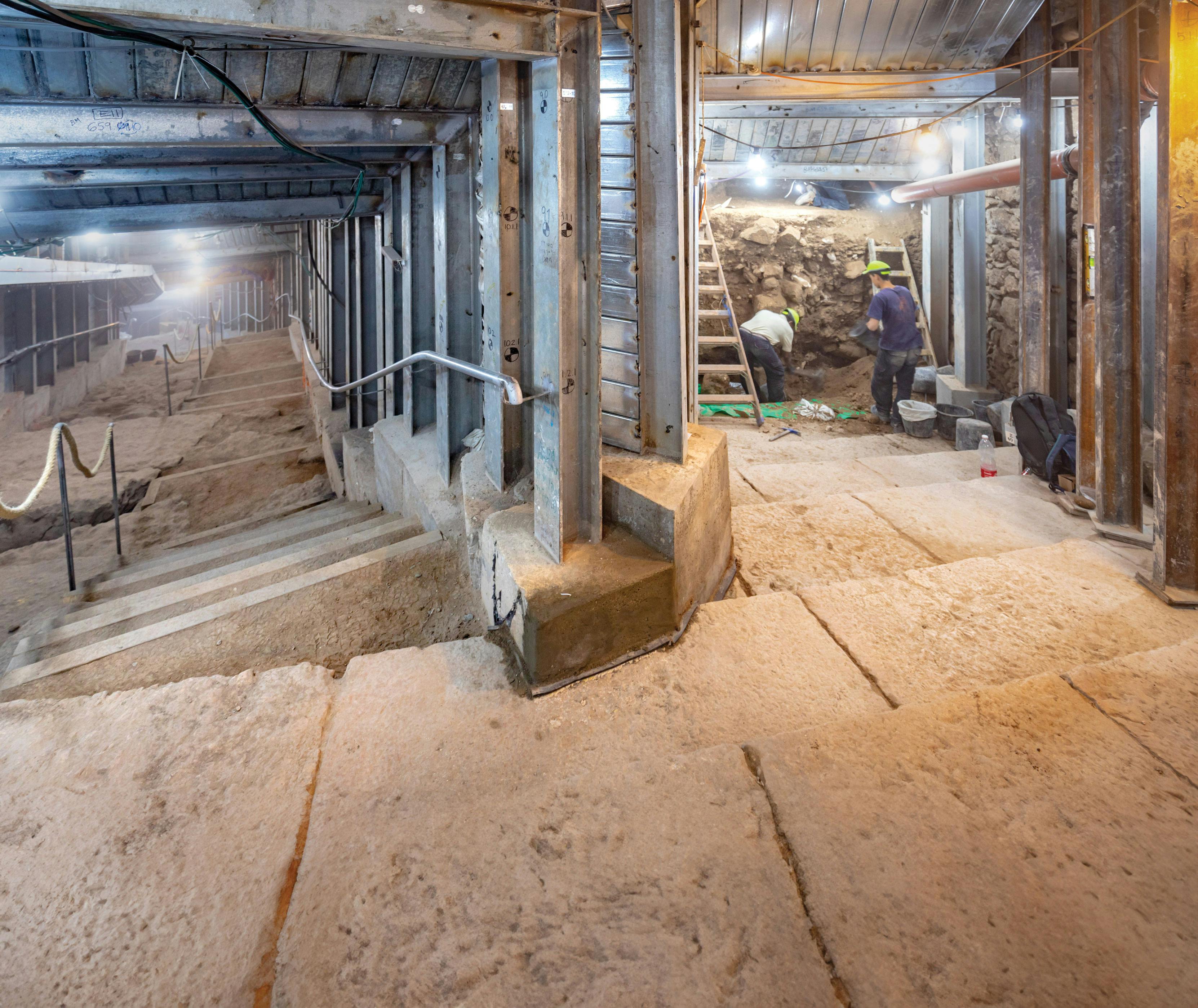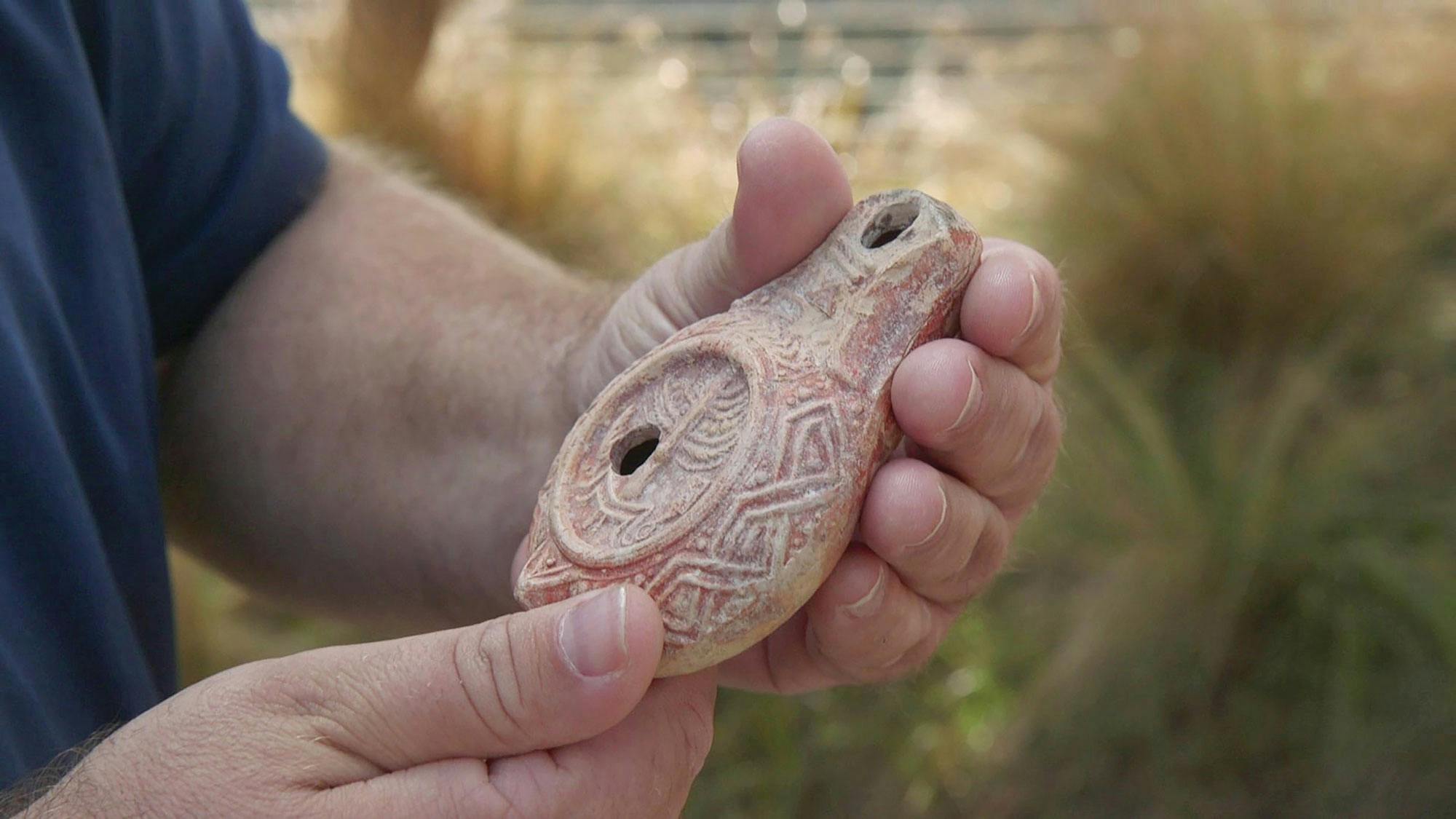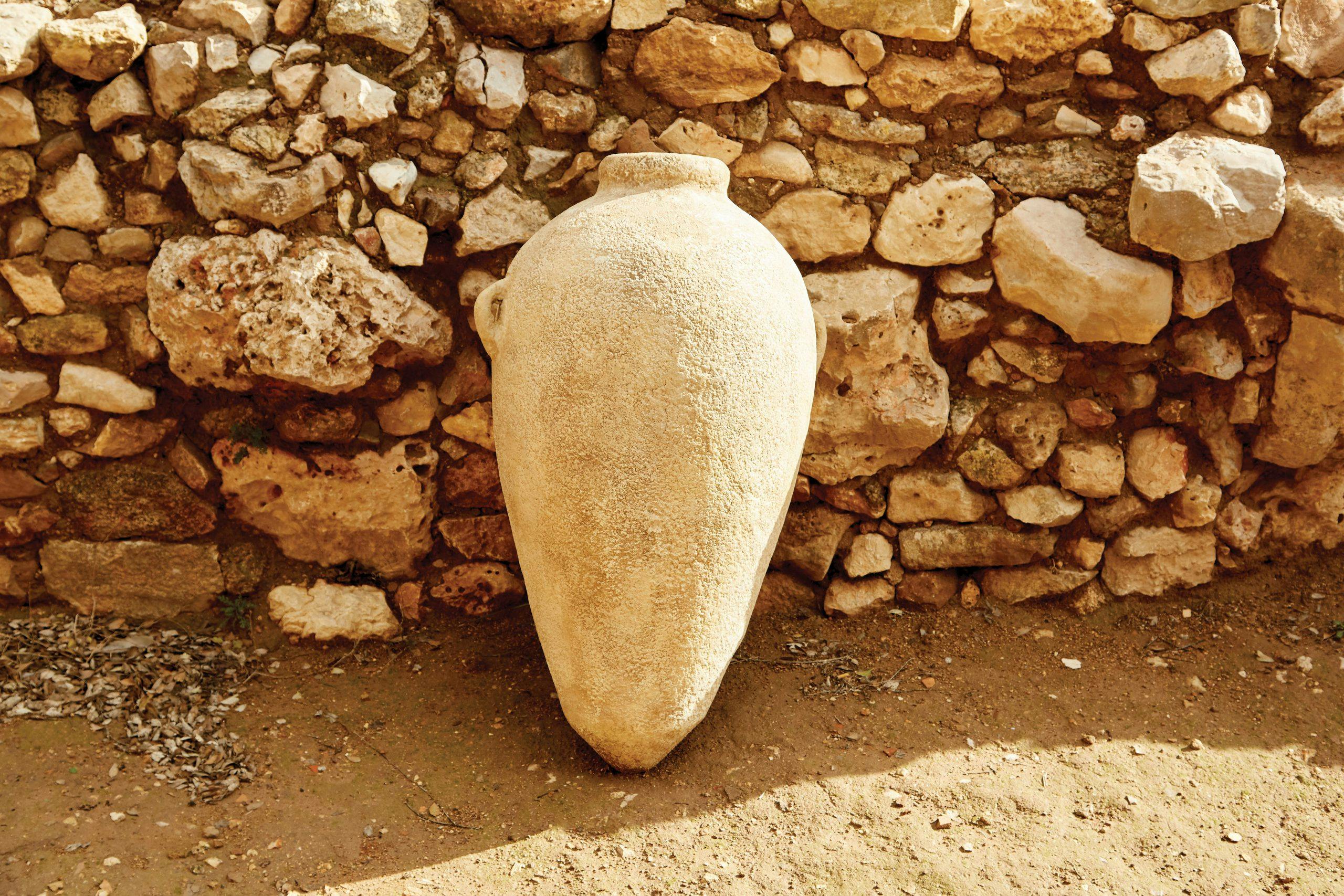Unusual Seal Uncovered
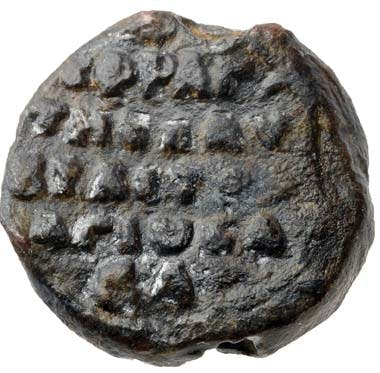
An 800-year-old lead seal stamped by the monastery of St. Sabas was found in archaeological excavations carried out by the Israel Antiquities Authority (IAA) in Jerusalem. The artifacts discovered during the excavations reflected daily life in the farmstead. Surprisingly, while processing the excavation finds, a rare lead seal dating to the Crusader period came to light.

Photo Credit by: Israel Antiquities Authority and Ashernet The seal or ‘bulla’ as it is known in Latin, was affixed to a letter, and was meant to ensure the document would not be opened by unauthorized persons. The “bulla” consisted of two blank lead disks and had a string that passed through a channel between them. In sealing the letter these were pressed together with a pincher shaped object with dies, creating the double faced seal.
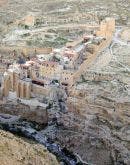
Monastery of St. Sabas Photo credit: Godot 13/wikipedia.org St. Sabas was one of the most important and influential leaders of the Christian monastic movement developing in the Judean Desert during the Byzantine period. His crowning achievement was the construction of the Monastery of St. Sabas, the only monastery in the Judean Desert continuously inhabited since its foundation.
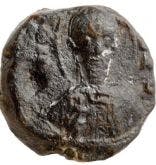
Photo Credit by: Israel Antiquities Authority and Ashernet The seal, shows a bearded bust of a saint wearing a himation (a rectangular cloth draped over the wearers left shoulder) and holding a cross in his right hand and a book—probably the Gospel—in his left hand. Surrounding it is a Greek inscription naming the saint: “Saint Sabas.” On the back of the bulla appears another longer Greek inscription “This is the seal of the Lavra of the Holy Sabas.”
Benyamin Storchan and Dr. Benyamin Dolinka, excavation directors on behalf of the IAA added, “This is an extraordinarily rare find because no such seal has ever been discovered to date. The excavated farmstead may well refer to a farming settlement sold to the monastery in 1163–1164. The document, part of the archives of the Church of the Holy Sepulcher during the Crusader period, mentioned a farming settlement by the name of Thora, whose whereabouts are unknown. It is quite possible the document refers to this site.”
Related Resources

Discover Your Purpose and God’s Heart For You
In today's divided, turbulent world, it's essential for the Church to rediscover God's heart. Our free e-book, authored by a seasoned expert with three decades of experience in Israel, delves deep into the teachings of Jesus (Yeshua) to reveal God’s principles of love and purpose. Learn how embracing these truths can bring significance and impact to your life, even amidst chaos. Subscribe now to receive your free copy and embark on a journey of transformation.

